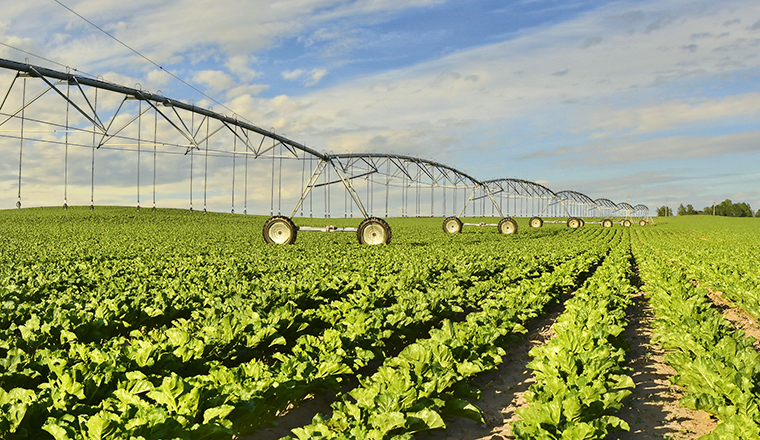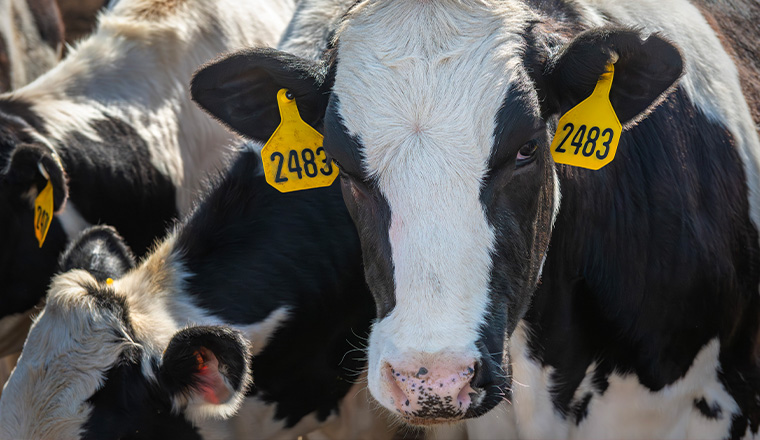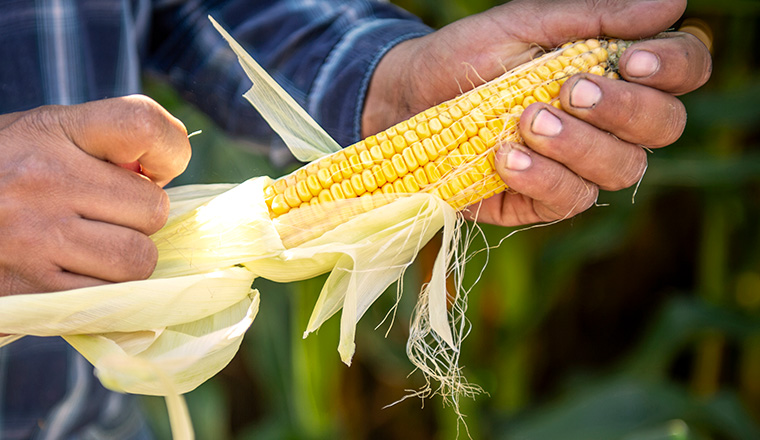Industry Insights

Industry Insights
Globalization: Ebbs and Flows
Changes in geopolitical forces, periods of war and peace, black swan events, such as the pandemic, and the acceleration of technology and its integration into business and society have impacted the decisions of global traders. Of course, agriculture and rural communities are the ones that often experience the change of pace first because they provide food, fiber and fuel that are critical for the sustainability of life and maintaining standards of living. Depending on the commodity, trade with other nations will vary. Historically, one in five dollars of net farm income are generated from exports. In the United States, 75% of cotton is exported, approximately 40%of soybeans, one out of every six days of milk, and 24% of wheat are exported. The bottom-line profitability is swayed, similar to the forces of wind, based on trade agreements, geopolitical negotiations and agendas.
Economic fortunes are often impacted by a country’s participation in global trade. When Lewis and Clark were on their quest for the Northwest Passage in the early 1800s, China had been the global economic power for six centuries. This dominance was interrupted by the Opium Wars and the closure of society, which saw China’s global market share drop from about 30% to under 5%. On the other hand, Europe utilized new technologies from the Industrial Revolution to move from an agrarian society, increase its citizens’ standard of living, and become the dominant economic area of the world. Starting in the second half of the 1800s, the railroad and other technologies opened up the western half of the United States resulting in a shift of economic power; then a temporary halt occurred. World War I, the Russian Revolution, and the global flu pandemic coupled with sanctions, tariffs and the Populism Movement provoked countries to turn inward. Of course, what followed was the Great Depression, which globally impacted standards of living and household and business wealth. Shocks to the global order followed the Great Depression. Japan and Germany’s political and military strategies and quest for scarce resources such as oil (to develop their manufacturing and military base) eventually led to World War II and, to some extent, the Korean War.
The next cycle of globalization started after World War II and was accelerated by the Marshall Plan where the key objectives were to rebuild war-torn areas of Europe and Asia. In the United States, war resources were quickly shifted to development of the interstate highway system, expanding the manufacturing industry, and increasing the level of education through the GI bill. Enhancements were made to waterways and ports to facilitate trade of goods and services that could be economically competitive in the expansion of global markets. Increasing global trade allowed countries to focus on making goods and offering services they were best equipped to produce (because they could buy everything else from other countries). This is an economic term called comparative advantage. In my senior graduate-level problem-solving class, I used a book called The End of Agriculture in the American Portfolio by Dr. Steven Blank (who served as professor and head of the Department of Agricultural and Applied Economics at Virginia Tech, in my senior graduate level problem-solving class as a thought provoking, critical thinking assignment. The premise behind the book is that the U.S. would become a consumer and service-oriented economy that would import agricultural and manufactured goods. Of course, this discussion always produced some heated debate.
In this globalization cycle starting in the 1990s, there was a flight of manufacturing and outsourcing to lower-cost labor pools, starting with Mexico, then China, and followed by Southeast Asia. After the end of the Cold War and the breakup of the Soviet Union in 1991, resources and technology used in military budgets were shifted to goods and services in the marketplace. This propelled large multinational corporations and small businesses, and also resulted in worldwide equity markets spiraling upward. For example, the Dow was approximately 2,000 in the late 1980s, and was over 10,000 by the year 2000.
The late 1990s up until the Great Recession in 2008 was a period of hyper-globalization. Countries such as the “BRICS” (Brazil, Russia, India, China, and South Africa) and “KIMT” (South Korea, Indonesia, Mexico and Turkey) benefited from globalization. The standard of living in these emerging nations nearly doubled in two decades. Of course, the biggest beneficiary was China, whose market share of global gross domestic product increased from 2% in the early 1990s to approximately 17% currently.
Globalization started to retreat following the Great Recession and accelerated with protective political strategies of the rich nations of the world. Russia increasingly became concerned that the free market, while opening up the economy to a wide array of goods and services, led to a debt crisis late last century. Unfortunately, many of the economic spoils of capitalism and free markets did not flow to the general society in Russia but resided with associates connected to the KGB, oligarchs and the authoritarian government of the old Soviet bloc. Mr. Putin's rise to power, the black swan pandemic and now the conflict in Europe is the recipe for accelerated de-globalization. Lessons learned from past events have strategic thinkers reevaluating what is best as a nation, business, consumer and society at all levels.
Supply chains are very vulnerable, not only for the basics of life such as food, fiber and fuel, but also for those items higher up the hierarchy of needs such as consumer and service goods. The Russian invasion of Ukraine and the COVID-19 pandemic both highlighted how fragile a business, consumer, and a nation's security can be when depending on one country or region in the world. Just-in-time inventory management strategies are being replaced by “just-in-case” inventory strategies.
The remainder of this decade will be one of assessing risk, both on the macro and micro level. A good old-fashioned SWOT analysis of the industry and business’ strengths, weaknesses, opportunities and threats will need to be examined in the context of regional trade strategies over globalization. China is ahead of the game with their Belt and Road Initiative, which has invested over $1 trillion since 2013 in 68 countries strategically important to the growth and stability of Chinese society.
The U.S. used the computer, the Internet and information systems to gain a competitive advantage in the post-World War II cycle of globalization. Will data analytics and automated artificial intelligence be the competitive edge in the regionalization strategy? Will global block economies form a single nation?
Over the remainder of this year, there appears to be a trend of authoritarian and emerging nations pitted against western nations. The implications to the risk management strategies will be as follows.
- A decade of change can occur in a couple of weeks.
- Extreme volatility will create risk and opportunities.
- A study of human behavior by connecting the dots with data and information will be critical in creating strategic opportunities.
- Following a process by being agile, while resilient, will be a foundation of success in business and personal households.
- Return on relationships, whether it is on an international, national, regional, or local level, will be as important as return on investment. With that being said, trust in any relationship, once violated, negates the relationship.
Globalization and de-globalization have a historical pattern as summarized. Timing and the degree of change will need to be carefully examined in both business and financial strategies as the globalization and deglobalization cycles ebb and flow. Just like the ocean, there is no way for businesses or nations to change the tides, but they can use shifting currents as opportunities – if they are ready and plan to seize on opportunities when they arise.





















